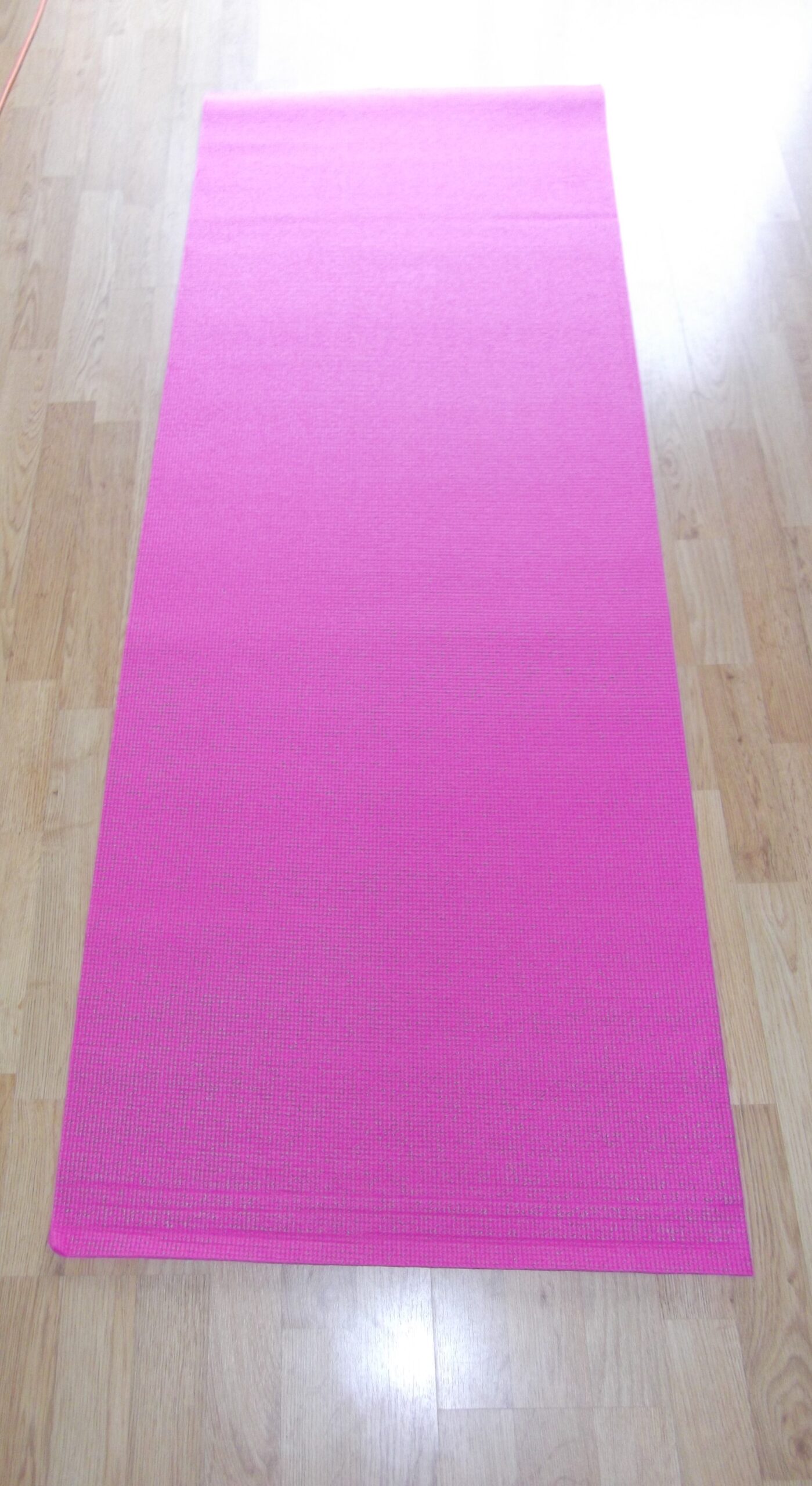How yoga is helping cancer patients cope with their illness
 For some people yoga is no more than a pleasurable hobby, for others it is a valuable therapy that helps them cope with pain and illness.
For some people yoga is no more than a pleasurable hobby, for others it is a valuable therapy that helps them cope with pain and illness.
The 5,000-year-old Indian discipline of yoga involves a combination of meditation, breathing exercises and postures to help improve flexibility and strength as well as mental well-being.
Maggie’s Cancer Centre is a charity providing emotional, practical and social support to people with cancer. As part of their unique programme, the charity offers yoga classes with instructor Finlay Wilson, who says:
“Yoga can be beneficial for everyone but for people with cancer I think it is particularly helpful for a number of different reasons, one of those being as a tool to manage pain. Yoga helps people to connect with their bodies and equips them to make that connection on a daily basis, no matter where they are. There is always something a person can do to help themselves, even if it is just the breathing exercises.”
A recent study in the US looked at prostate cancer patients who were asked to adopt healthy diets, exercise plans and stress management techniques such as yoga. The study found that these actions caused patients to develop chromosomes that appeared similar to those of a much younger person – decreasing their risk of age related diseases such as type two diabetes, heart disease, dementia and even cancer.
The reason yoga is thought to be so beneficial to those dealing with cancer is that it can be tailored to all levels of fitness and mobility. It encourages relaxation and flexibility which can be key for those undergoing intense treatments.
If you are considering yoga as a complementary therapy to help with cancer, Finlay Wilson has the following tips:
1. Have confidence – sometimes getting through the door can be the hardest part. Learning more about the practice and discussing classes with your doctor is a great first step.
2. Stay realistic – try not to expect too much from your body at first, it often takes time to build strength and you may not always feel up to the challenge.
3. Embrace the breathing techniques – the various deep breathing techniques within yoga offer great ways of relaxing your body and mind instantly.
4. Keep moving – it can be very easy to stay in bed after treatment, and if that’s what you need for a few days, go right ahead. When you feel up to it however, make sure you start moving again and try to keep your mobility up.
5. Take one thing – don’t feel overwhelmed by the different poses, meditations and breathing techniques involved, just try to take one thing away with you that can help, whether it’s a particular meditation or move that can become a tool you can use in everyday life.
Take a look at our Yoga Therapy page to find out more about yoga as a form of therapy and to find practitioners in your area.
View and comment on the original Express article.

Find a therapist dealing with Yoga therapy
All therapists are verified professionals


